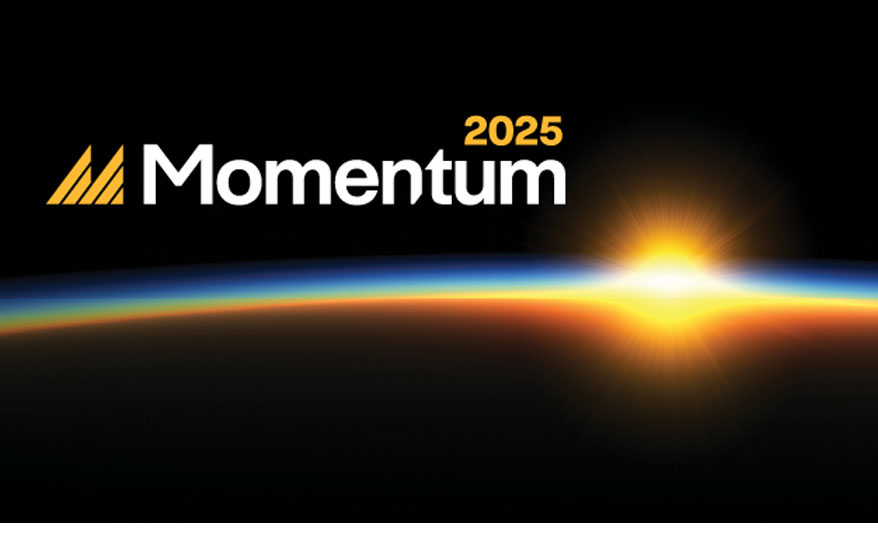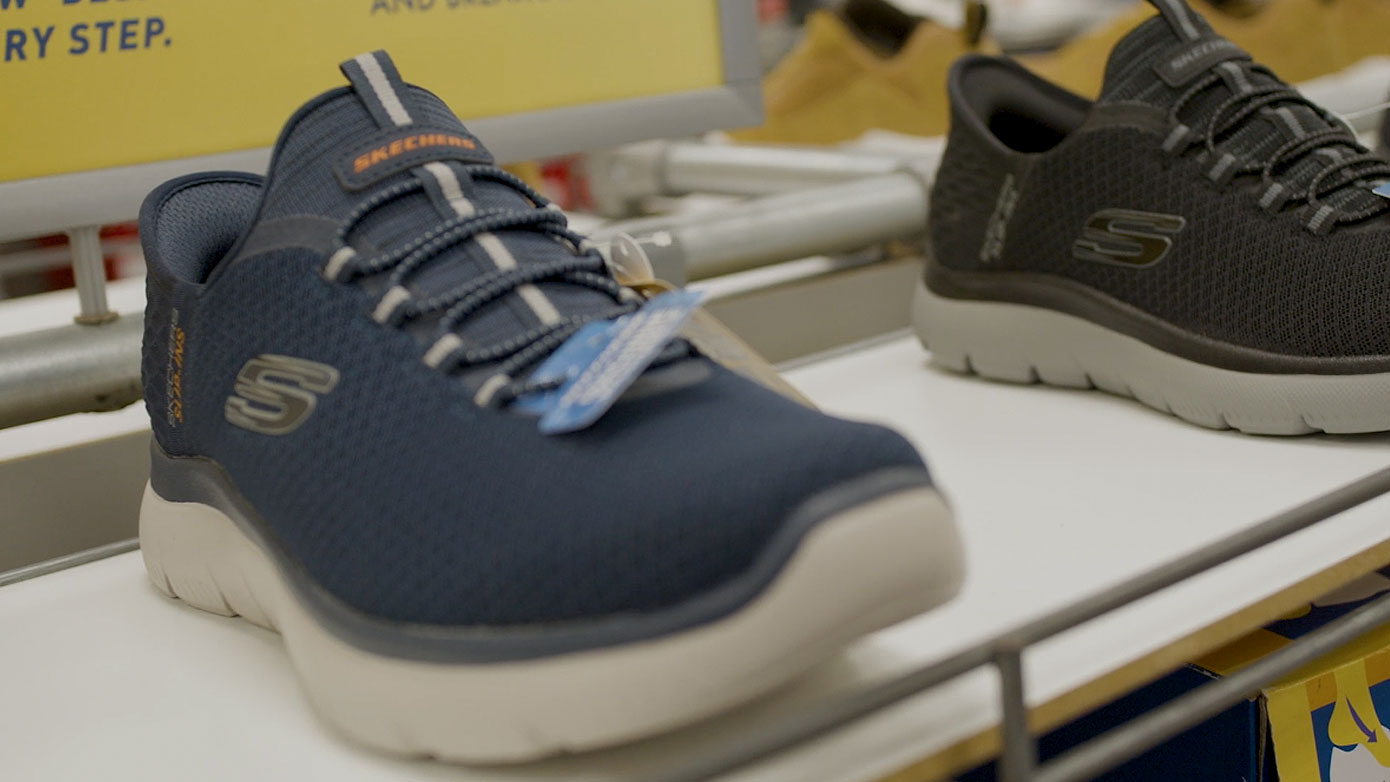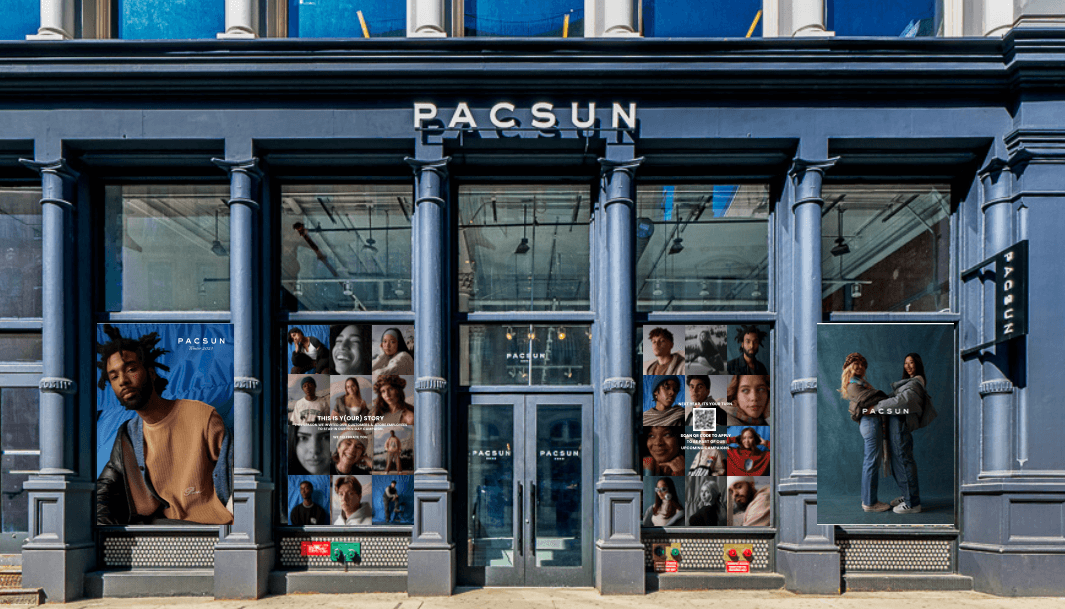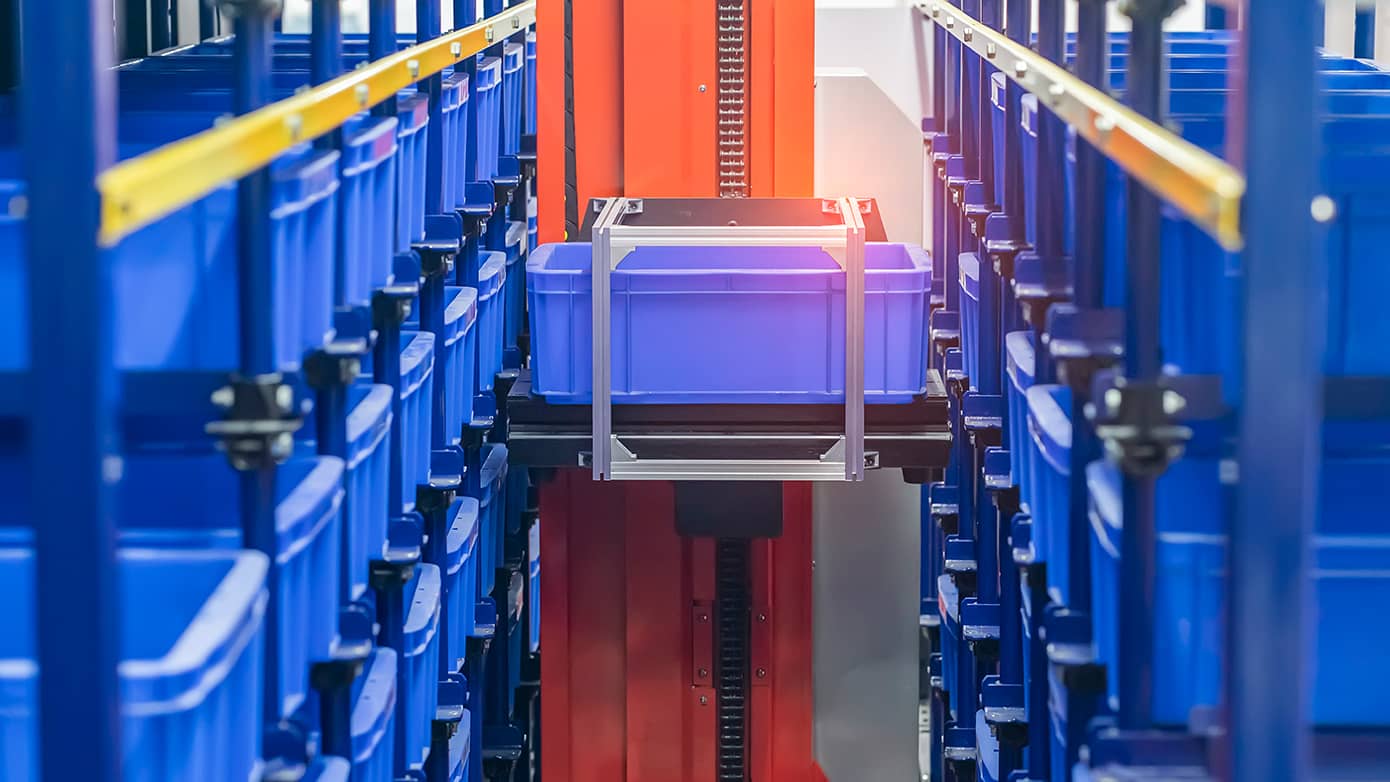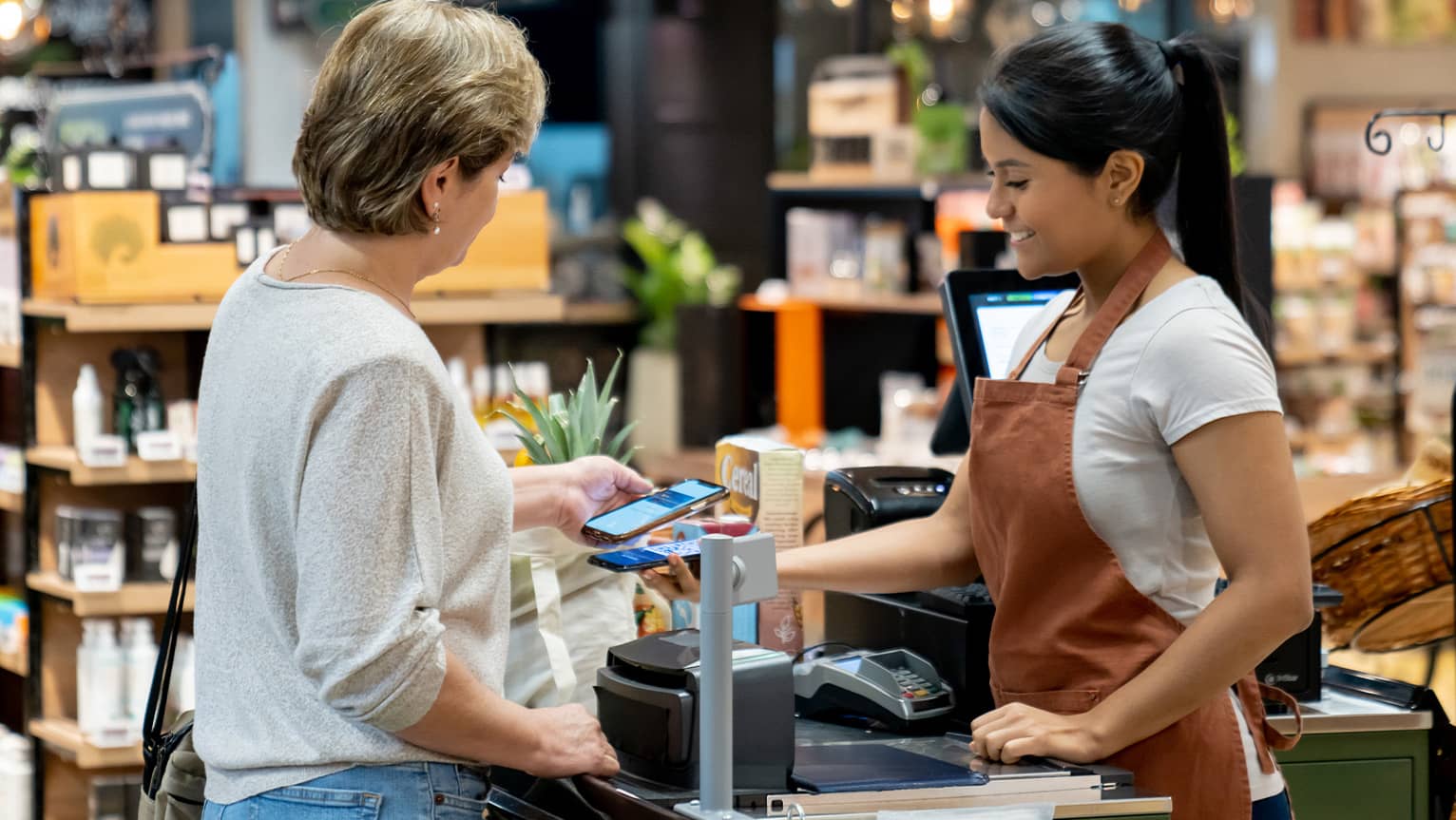
What is a Point of Sale System?
Modern Point of Sale (POS) systems have evolved far beyond the cash registers of the past, now serving as the digital command center of retail store operations. These sophisticated platforms not only manage sales transactions and inventory, but also unify functions like clienteling, order fulfillment, returns, and customer service into a single, intuitive interface. Today’s leading POS solutions empower store associates with real-time access to customer data, advanced analytics, and flexible payment capabilities—from traditional cash to mobile wallets—transforming the in-store experience for both employees and shoppers.
What is a Point of Sale System?
Point of Sale Systems Defined
Point of Sale (POS) systems help businesses manage customer orders, process sales and track inventory. Many POS systems also integrate with other operation systems such as CRM and accounting tools. These systems play an important role in managing any retail business.
The term “Point of Sale (POS) system” refers to the hardware and software businesses use to log sales, process transactions, and track inventory. POS systems record information about the type, name and quantity of items purchased by a customer and their cost. This information can be used for accounting purposes and to help the business maintain appropriate stock levels.
Computerized POS units have been available for decades, although modern systems are far more sophisticated than the ones used by retailers in the 1970s and 80s. Early models were basic electronic cash registers that stored transactions in a local database. As computer technology improved, these systems became more advanced, with touch-screen UIs, enhanced analytics features, and cloud-based solutions to enable mobile workers to access powerful sales features while on the move.
Today, Point of Sale systems sit at the heart of store operations, serving as the primary touchpoint for store associates to not only process sales, but search for inventory, access customer information, facilitate returns and exchanges, and store administrative functions, amongst other things. Industry-leading point of sale systems unify these functions in a single, intuitive user interface, while also incorporating additional functions like clienteling, order fulfillment, flexible payments support, and robust customer service capabilities.
Payments have always been a core part of POS systems, but in recent years the payment features have become increasingly sophisticated. In addition to processing cash payments and connecting to traditional payment processing tools, modern POS systems can integrate with e-money systems, mobile payment terminals and third-party wallet APIs to enable retailers to offer a variety of payment options to their customers.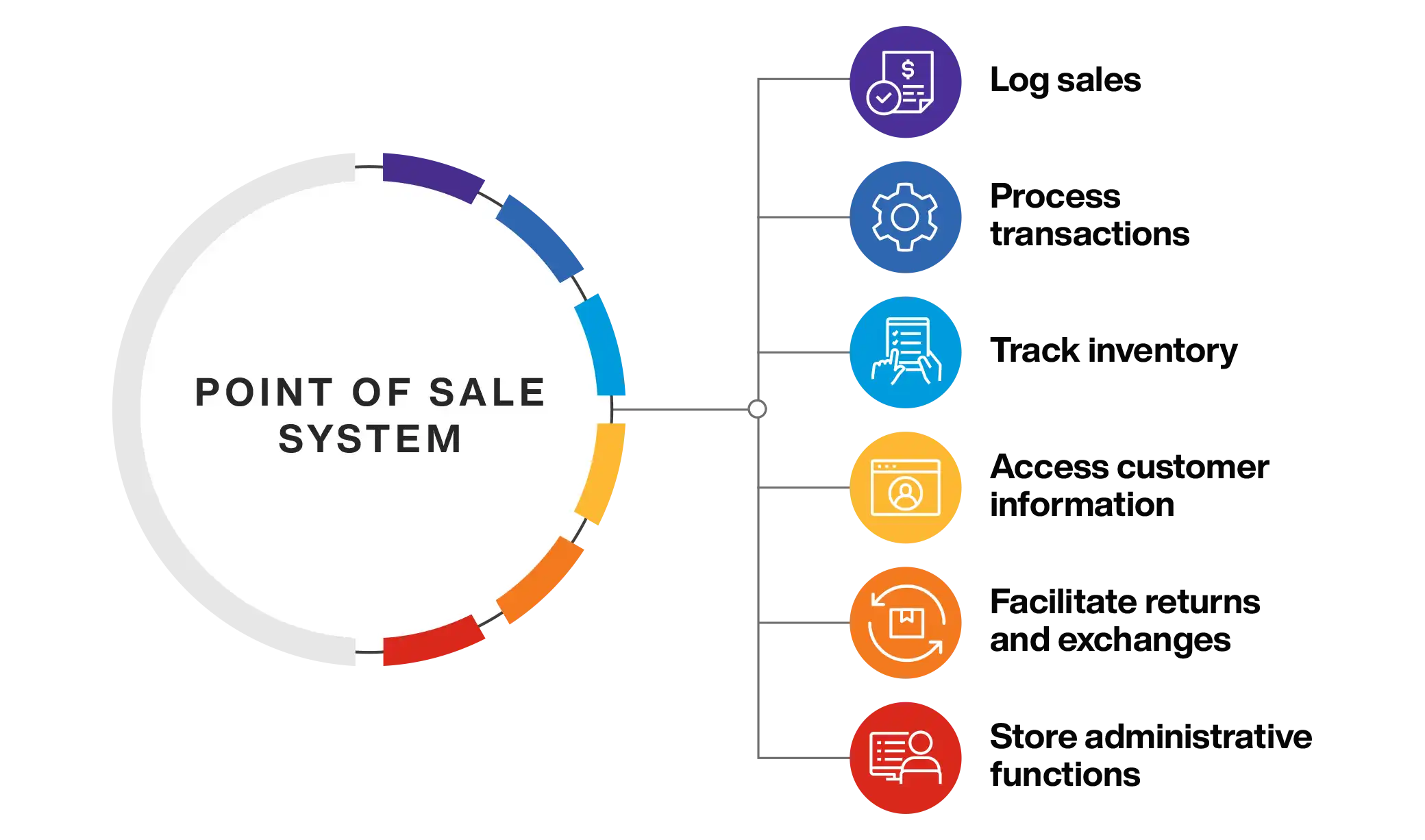
What are Key Features of Point of Sale Systems?
Product Catalogs
A well-designed and easy-to-search product catalog displayed on a POS terminal can improve product discoverability and enhance the customer experience. Many POS systems now offer a feature that can pull inventory details from a cloud-hosted stock database and display them in a user-friendly format. Improved product discovery can turn 25% more first-time browsers into buyers.
Customer Information
Knowing your customers is a big part of running a successful business. Look for a POS that offers detailed insights into customer purchase habits, preferences and interests. Having access to customer information in one unified dashboard empowers retailers to make better decisions about inventory management, store- and company-wide promotions, and targeted offers. Industry leaders who engage in effective brand storytelling and keep their customers engaged effectively see a 1.7x higher customer lifetime value.
Gift Cards and Store Promotions
Discounts, multibuy offers, and gift cards are all things customers expect retailers to provide today. Having these features built into a POS solution improves the customer experience and empowers store staff to deliver a smooth, efficient checkout process. Systems capable of integrating with third-party promotion engines can automatically apply promotions and re-calculate discounts as customers alter their orders.
Omnichannel Checkout Features
In-store and online checkout features are an essential component of any point-of-sale system. Using a market-leading POS system with a user-friendly checkout system can reduce the time it takes to complete the checkout process by as much as 30%, improving customer satisfaction and reducing the likelihood of abandoned purchases. Providing a familiar experience across all channels improves customer spending, with multichannel customers spending up to 3x more annually than single-channel shoppers.
Learn how our omnichannel cart and promotion solutions provide a unified checkout experience.
Loyalty Programs
Loyalty programs help retailers drive sales and build loyalty among customers. Having loyalty features built-in to a POS system ensures customers receive the correct rewards for each transaction, and simplifies the process for both customers and staff members.
Intuitive Associate Workflows
Provide associates with an easy-to-use system that offers intuitive, streamlined workflows. Use a device-agnostic POS system that new associates and seasonal workers can learn quickly, enabling them to hit the ground running and deliver an exceptional customer experience on their first day.
Detailed Analytics
The data collected by POS solutions can be used to glean valuable insights into store performance and help managers plan inventory purchases, discounts, and promotions. Our store solutions provide detailed insights and can integrate with other systems for further tracking of metrics, empowering managers to make data-driven decisions.
Discover how Manhattan Active® Point of Sale provides accessible, valuable insights into store performance.
Returns and Exchanges
Market leaders achieve 22% lower return rates and 1.3x higher satisfaction stores compared to other retailers, and offer policies such as cross-channel returns to improve the customer experience. Manhattan Active® Point of Sale provides a frictionless return and exchange experience for customers while simplifying the process for sales staff, helping lower operational costs. The system cuts the time it takes to complete a return by up to 80%, reducing queues and freeing staff to focus on other tasks.
Discover how our POS solution can improve the omnichannel returns and exchanges experience.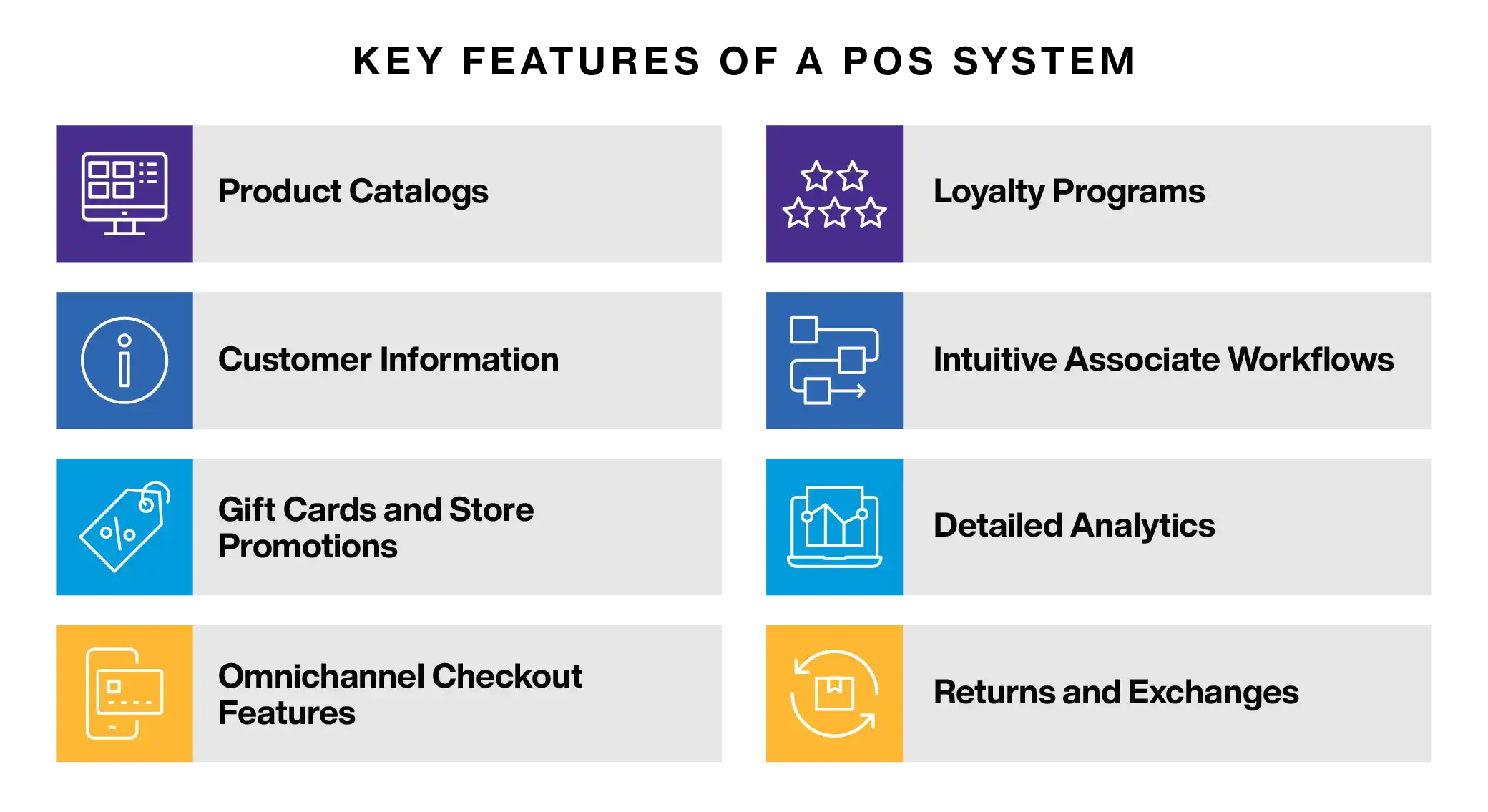
What are Point of Sale System Benefits?
Modern POS systems have numerous benefits, providing retailers with ways to increase their efficiency, provide better customer service, and manage their finances. These benefits include:
Enhanced Customer Experience
- Personalized Service: Tailored recommendations and “people also buy” features can increase shopping cart values and improve customer retention. Industry leaders in this area see a 16% higher repeat purchase rate among new customers.
- Loyalty Programs: According to research by CallMiner, keeping existing customers satisfied could save U.S. companies as much as $35 billion per year. Loyalty programs are an integral part of maintaining customer satisfaction.
- Faster Checkout: A smooth, streamlined checkout process can prevent abandoned shopping carts and improve customer goodwill. Improving your checkout process can result in an up to 25% improvement in checkout efficiency, and potentially reduce cart abandonment rates by 20%.
Operational Efficiency
- Streamlined Operations: Labor costs for retailers have risen by 63% as stores now fulfill multiple roles. Increasing efficiency can cut last-mile costs and reduce customer churn by as much as 13%.
- Inventory Management: Tracking inventory in real time helps retailers plan orders in advance and reduces the risk of over- or under-stocking.
- Employee Management: Many POS platforms include tools to track employee schedules and manage payroll.
Data-Driven Decision Making
- Sales Analytics: Empower managers with information about customer behavior and sales trends on a store- and product-level.
- Business Insights: Utilize data to make informed decisions about product pricing, inventory levels, and store-wide promotions.
- Financial Reporting: Gain real-time access to financial information, supporting more dynamic decision-making.
Enterprise-Grade Services
- Resiliency During Network Outages: Feel confident that your POS is not wholly dependent on a fast and reliable network connection. Market-leading POS systems still operate well when connectivity is unstable.
- 99% Uptime: Guaranteed round-the-clock availability ensures you can provide uninterrupted service for your customers.
- Global Payment/Tax Tools: Accept payments internationally and maintain easy compliance with each country’s tax laws.

What are the Different Types of Point of Sale Systems?
On-Premise POS Systems
On-premise POS systems require dedicated hardware and software. For example, a brick-and-mortar retailer may utilize cash registers, handheld barcode scanners, receipt printers and card readers. These systems connect to a computer running an operating system and POS software.
The POS software might record transactions locally or connect to a centralized database, enabling the retailer to track transactions and stock levels across multiple stores.
Cloud-Based POS Systems
Cloud-based POS systems empower retailers to operate their stores without investing in sophisticated hardware. All that’s required to operate a cloud-based POS system is a device with access to the cloud.
Not only does this lower the barrier to entry for running a store, but it also increases retailer resilience and agility. Store owners do not need to have in-house technical skills to install, manage or configure their POS platform. Cloud-native software can be updated automatically by the developer, giving retailers access to the latest features on a quarterly update schedule. Cloud platforms also the peace of mind that comes with having off-site backups and professionally managed security for customer and order data.
Key Considerations for Cloud-based POS Platforms
Cloud native platforms remove many of the barriers associated with legacy POS platforms, including the requirement for in-house IT expertise and expensive hardware. However, they do require a stable internet connection and may require ongoing subscription fees rather than a one-off purchase.
Mobile POS Systems
Mobile POS (mPOS) systems are easy to use and an efficient solution for small businesses or organizations with mobile sales staff. These solutions enable retailers to accept payments using only a mobile phone.
The low cost of mobile POS systems makes them a popular choice for start-ups and small businesses. These platforms are versatile, easy to use, and require minimal additional hardware. Mobile devices empower associates to provide a better brand experience at all times.
Enterprise Point of Sale Systems
Enterprise POS systems cater to organizations with a high volume of sales. These systems offer sophisticated omnichannel features that cover reporting, inventory management, multichannel unification, payment processing, and employee management.
Enterprise systems are more complex than those aimed at small business owners and may require additional hardware, training, and ongoing support. For large organizations needing advanced inventory management and analytics, consolidating these features into one system can be highly beneficial.
How to Choose the Right POS System
We provide a variety of POS solutions and can help retailers optimize their sales processes, saving them time and money in the long term. When choosing a POS solution, consider the following:
- Business size/industry: A small brick-and-mortar store may have different needs than a company engaged in remote selling, or an enterprise with an omnichannel presence.
- Budget: Consider the cost of POS hardware and software versus an mPOS solution or cloud-native option.
- Required features: The need for loyalty programs, endless aisle features, analytics options and other functionalities may affect your choice of POS.
- Scalability: Cloud-native POS options offer increased scalability and flexibility compared to legacy options.
- Ease of use: Extra features can mean extra training requirements. Consider issues such as staff turnover and training when selecting a POS.
- Customer support: Choose a POS provider that offers reliable, prompt customer service to ensure business continuity.

Implementing a POS System
Our experienced team recommends that organizations follow a proven process to ensure a smooth POS implementation:
- Complete a needs assessment
- Select a vendor matching the organization’s requirements
- Configure any hardware and software
- Deliver employee training
- Migrate data from any existing POS
- Launch the POS
- Ensure regular updates, maintenance, and ongoing customer support
What are Future Trends of Point of Sale Systems?
Using industry-leading systems to turn store networks into efficient fulfillment hubs can cut last-mile costs by up to 31%, while having real-time visibility across channels can help brands access 1.5x higher inventory turns. Emerging technologies promise even greater performance improvements.
POS systems are continuously evolving. Internet of Things systems are already being utilized by many retailers to deliver targeted offers and track customer behavior. It’s likely more POS platforms will employ these features, along with AI and machine learning to elevate the customer experience.
Augmented Reality (AR) and Virtual Reality (VR) features are also becoming increasingly accessible as consumer-grade devices are more readily available, offering a richer and more enticing way to reach customers.
Another interesting trend is blockchain technology, which provides an option for immutable ledgers, helping build trust in the supply chain.
Industry Use Cases
Point of sale systems are used in a variety of industries, providing tailored POS solutions, including:
Retailers:
- General Merchandise: Department stores, boutiques and electronics retailers.
- Specialty Stores: Jewelers, bookstores, sporting goods.
- Supermarkets and Convenience Stores
Food Service:
- Restaurants
- Bars and Nightclubs
- Cafes and Coffee Shops
Hospitality:
- Hotels (front desks, room service and retailers)
- Resorts (including spas, gift shops, bars and other amenities)
Healthcare:
- Clinics
- Pharmacies
- Hospitals
Entertainment and Leisure:
- Salons and Spas
- Gyms and Fitness Studios
- Theaters and Concerts

Point of Sale Case Studies
Lamps Plus switched to Manhattan Active Point of Sale’s cloud native solution to utilize the loyalty features, secure credit card payments, and gift-card system. The company enjoyed an increase of 35% in POS throughput after the upgrade.
Skechers chose Manhattan for the Buy Online, Pickup In-store (BOPIS) features, growing its omnichannel network and benefiting from the agility and ongoing innovation of the Manhattan Active Omni platform.
PacSun was able to roll out Manhattan Active Omni in just two weeks. The retailer now shops 40,000 orders per day from its stores and benefits from improved margins and increased agility.
Manhattan POS Solution Offering
Manhattan's POS Software helps retailers optimize every aspect of their business, offering an intuitive user experience, improved margins, and increased access to data. Manhattan Active Point of Sale aims to be one app for everything for enterprise organizations.
We deliver a modern POS experience, catering to any store format, with:
- A fully-featured mobile POS to empower associates to provide support wherever they are in the store.
- A resilient cloud-enabled POS to deliver a consistent experience across all retail locations. Updates and new features roll out every 90 days with no intervention or downtime required.
- Detailed insights into store performance, products, and customer behavior.
- Omnichannel features such as endless aisle selling and a unified checkout experience.
- Flexible payment options including cards, digital wallets, pay by link, and in-person payment options.
- Frictionless returns and exchanges across all sales channels.
- Sophisticated features to build customer relationships and maintain engagement, including clienteling and assisted selling.
- Extensible UI and powerful APIs, enabling retailers to customize the POS to their requirements.
- Native mobile solution compatible with a variety of devices.
Manhattan Active® Point of Sale is powerful yet easy-to-use. The enhanced user experience can improve associate morale and retention, increasing productivity across your stores and reducing training costs.
Point of Sale System FAQs
A Point of Sale (POS) system is a tool that enables businesses to process customer purchases. This hardware and software calculates the amount owed by the customer, processes and logs the payment, and records changes in inventory.
The best POS system depends on the needs of the business. Manhattan Active provides a variety of solutions to cater to online, offline, and multichannel businesses.
POS systems have several features, including invoicing, cash tracking, inventory management, reporting tools, and order management tools. Some systems offer more complex features to help retailers with multiple venues manage stock across their organization.
POS systems simplify the process of billing customers and tracking inventory. They make it easier for business owners to process customer orders and restock inventory as required.
When choosing a POS system, consider the channels the business operates on and how many locations the company has. Manhattan offers a number of POS system options to cater to the needs of businesses of various types and sizes.
To learn more about our POS systems and how they can optimize your business operations, contact us today to book a consultation with one of our experts.
Supply Chain Commerce Solutions
Manhattan offers a complete breadth of solutions that when unified, provides total coverage for your supply chain commerce needs.

Unified Commerce Benchmark for Specialty Retail
The 2025 Unified Commerce Benchmark reveals how top brands drive conversion, loyalty, and profit across shopping, checkout, fulfillment, and service. Access Report!
Related Content
Modern Store
Discover the five key elements of a modern store and see how Manhattan's software helps you create seamless, customer-driven unified commerce experiences.
Learn MoreForrester Wave for POS
Access your complimentary copy of the report to see how Manhattan Active® Omni compares to other POS solutions.
Access ReportForrester Wave for OMS
Manhattan is recognized as an OMS Leader in the Forrester Wave. Get your complimentary copy of the report today and learn why.
Access Report



